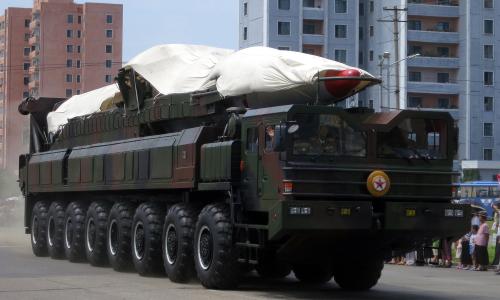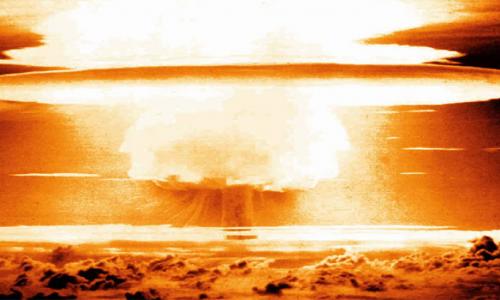The recent demonstration to journalists by the Missile Defense Agency (MDA) of its missile defense simulation software was a misleading exercise that failed to address key issues about the limitations of computer simulation, especially at this stage of the test program. This has prompted the Union of Concerned Scientists to set the record straight on two issues:
First, MDA assumed an unrealistically high value for the probability that an interceptor will intercept an incoming warhead. Doing so leads to a situation where additional interceptors can make a significant difference in the overall outcome of an attack. A much more realistic assumption is a low probability of intercept—in which case more interceptors do not help much. The MDA assertion that the system will be more effective if more interceptors are deployed is specious.
Second, the MDA argues that its computer simulation can accurately predict the reliability of its missile defense against a real-world attack—and that this is demonstrated by the program's ability to accurately model the trajectory of the missiles that the United Stated has used in its flight tests. This argument is very misleading. While modeling U.S. missile trajectories is a necessary part of modeling an engagement, it is not nearly sufficient. The complete model will likely have limited predictive value since it will require making assumptions about the characteristics of the attacking missile and incoming warhead, which the United States will not know in advance. Moreover, without intercept tests against a variety of incoming warheads the simulation cannot be validated using real data. Such tests have not taken place and are currently not planned.



